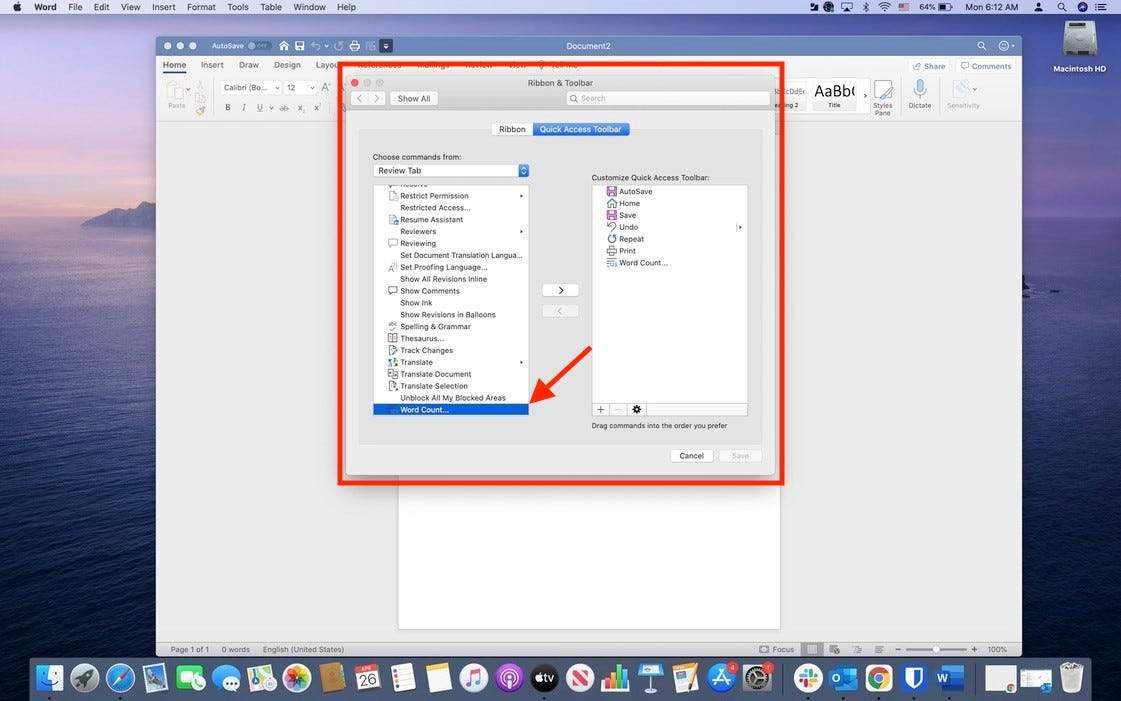
In addition to these programs specific advice, the key combination mentioned above, should work in almost all word processing programs.Most coders also use it to collapse a series a space character into a single space.

If you do not use the non-breaking space at such points, you run the risk that the text wraps ugly at these locations. Other examples for the usage of non-breaking blanks are abbreviations such as "e. g.", laws such as "§ 10", currency data such as "100 €" or numbers written in blocks like "1 000 0000". Instead, number and unit will always stay together. In this case, the non-breaking space would ensure that the number will never stand alone at the end of a line while the corresponding unit symbol is written at the beginning of the next line due to a line break at this point. This applies, for example, in case of numbers or values with units or a percent sign. Therefore, it always makes sense to use the non-breaking blank when there are two words or characters that are inextricably linked with each other. So, two words that are connected with such a non-breaking space may not be separated from each other and always break together into the next line in case of a linebreak.

It is a special blank character because it keeps both words together that are on the left and on the right of the whitespace.

In both cases, there is just a certain distance between two words.Īlthough, you cannot identify the none breaking space at first glance, it is still important and has its place. However, you cannot see any difference between these two types of spaces on the printed paper. In typography, we distinguish between normal and none breaking spaces.


 0 kommentar(er)
0 kommentar(er)
